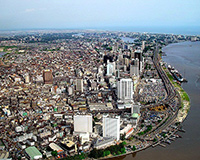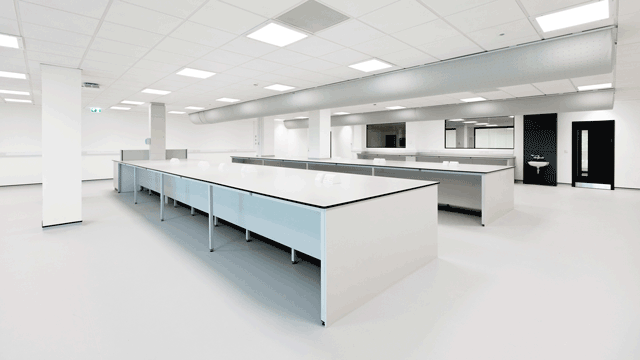
It is said that the shift from rural to urban is the most significant phenomenon in Africa since independence. Lagos, Nigeria – Africa’s second-largest city after Cairo, Egypt – has recently joined the ranks of the world’s megacities, and Kinshasa in the Democratic Republic of Congo is approaching megacity status rapidly.
Projections indicate that by 2030 Africa’s population will exceed that of Europe, South and North America combined. Where these people will be living and working will depend on how fast Africa’s infrastructure can expand to unlock sparsely populated areas, and on its ability to create jobs and communities in these places.
Southern Africa, the most urbanised region in sub-Saharan Africa, is predicted to reach a region-wide urban majority around 2020. The continent’s urban transition is proceeding rapidly, with the accumulated relative growth rate of its cities now among the highest in the world.
Between now and 2050, the number of Africa’s urban dwellers is expected to increase from 400m to just under 1.3bn. The continent’s urbanisation level is projected to increase to 50% by around 2035 and may increase further to almost 58% by 2050. More specifically, it is projected that by 2025 Africa’s 10 largest cities will include three megacities: Lagos, Cairo and Kinshasa. Dar es Salaam (Tanzania), Khartoum (Sudan) and Abidjan (Ivory Coast) are likely to reach megacity status within a generation if current growth rates continue.
African cities are burdened by high infrastructure deficits and lack of access to technologies and services. To overcome the deficit, economies of scale in production, large markets for labour and goods, and ease of information flow in urban environments can enhance productivity and innovation. Moreover, the density and diversity of cities can promote progressive values and institutions that increase social cohesion.
Urbanisation has progressed unevenly in Africa. While Lesotho has become less urbanised since 2001, other areas, such as Maputo in Mozambique and Luanda, Angola, have been experiencing construction booms linked to foreign investment and increased trade. Key tourist centres such as Cape Town, South Africa, with distinctive urban niches in the world economy, have become more prosperous. Urbanisation in African cities is encouraging growth in Africa’s construction industry.
Property trends in South Africa’s central business districts are being driven by rapidly changing urban lifestyles. City dwellers are spending less of their disposable income on their gardens, for example, and more on lifestyle-oriented activities such as art, food markets, gym memberships, health services and eating out.

Urbanisation in Johannesburg has taken an innovative turn. Young professionals are living and working in the city centre and, to house them, a new breed of developers are modernising old-style houses with gardens and white picket fences, transforming once-shunned locations into trendy neighbourhoods. Security considerations and the advent of disposable living are fuelling the new trends, which are attracting property investors and young home buyers into the inner city. Mixed-use residential units in Johannesburg’s city centre sized no larger than 36 sq m (387.5 sq ft) are selling at a rapid rate.
Mixed-use city centre precincts such as Maboneng, which have buildings with loft apartments above, and restaurants, food and art markets, shops, art galleries, gyms and tree-lined walkways below, are proving popular. Private investors have taken advantage of this popularity; developers have had the foresight to purchase derelict buildings and refurbish them into stylish one- and two-bedroom loft apartments, reshaping the inner city.
In Maboneng, a number of buildings have been transformed into trendy apartment blocks, such as Main Street Life, Revolution House, Artisan Lofts, Urban Fox and Rocket Factory, attracting younger, more educated people into the inner city.
Agents of change in Johannesburg include the private sector, public-private partnerships and civil society. For residents, the attraction is the cosmopolitan ambience, good security and the lock-up-and-go lifestyle. For investors, residential developments in the Johannesburg city centre offer opportunities such as tax incentives provided by urban development zones. Through these, the South African government is encouraging investors to spend money on urban rejuvenation.
Should Africa’s population exceed that of Europe, South and North America combined, as projected, then most African city centres will probably be populated by young professionals who are inclined to spend their disposable income on lifestyle-oriented activities. That means the current real estate trend in Johannesburg’s city centre may be the model for a typical African city in 2050.
Melissa Leibowitz and Hopewell Sathekge are real estate associates at Hogan Lovells in Johannesburg










